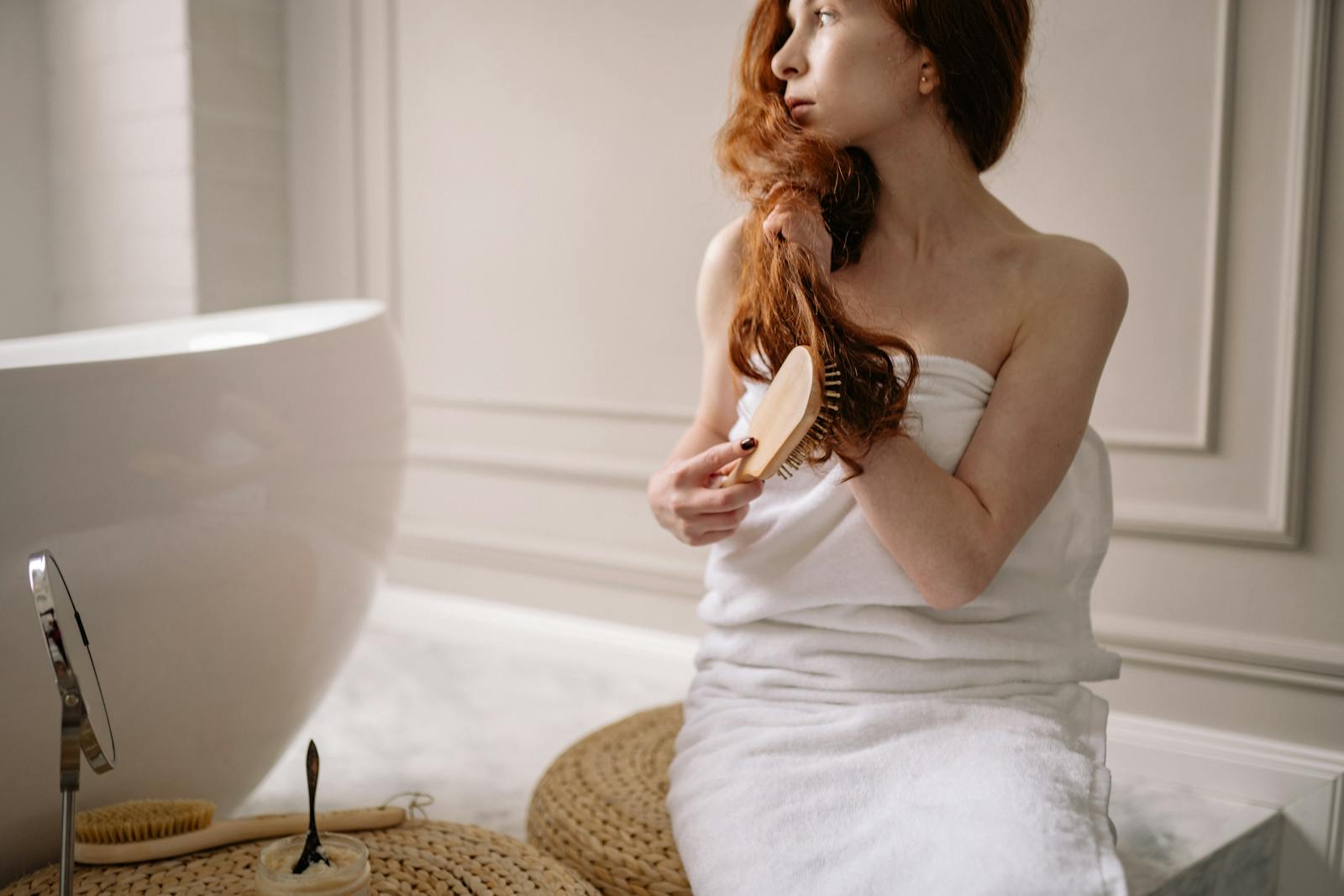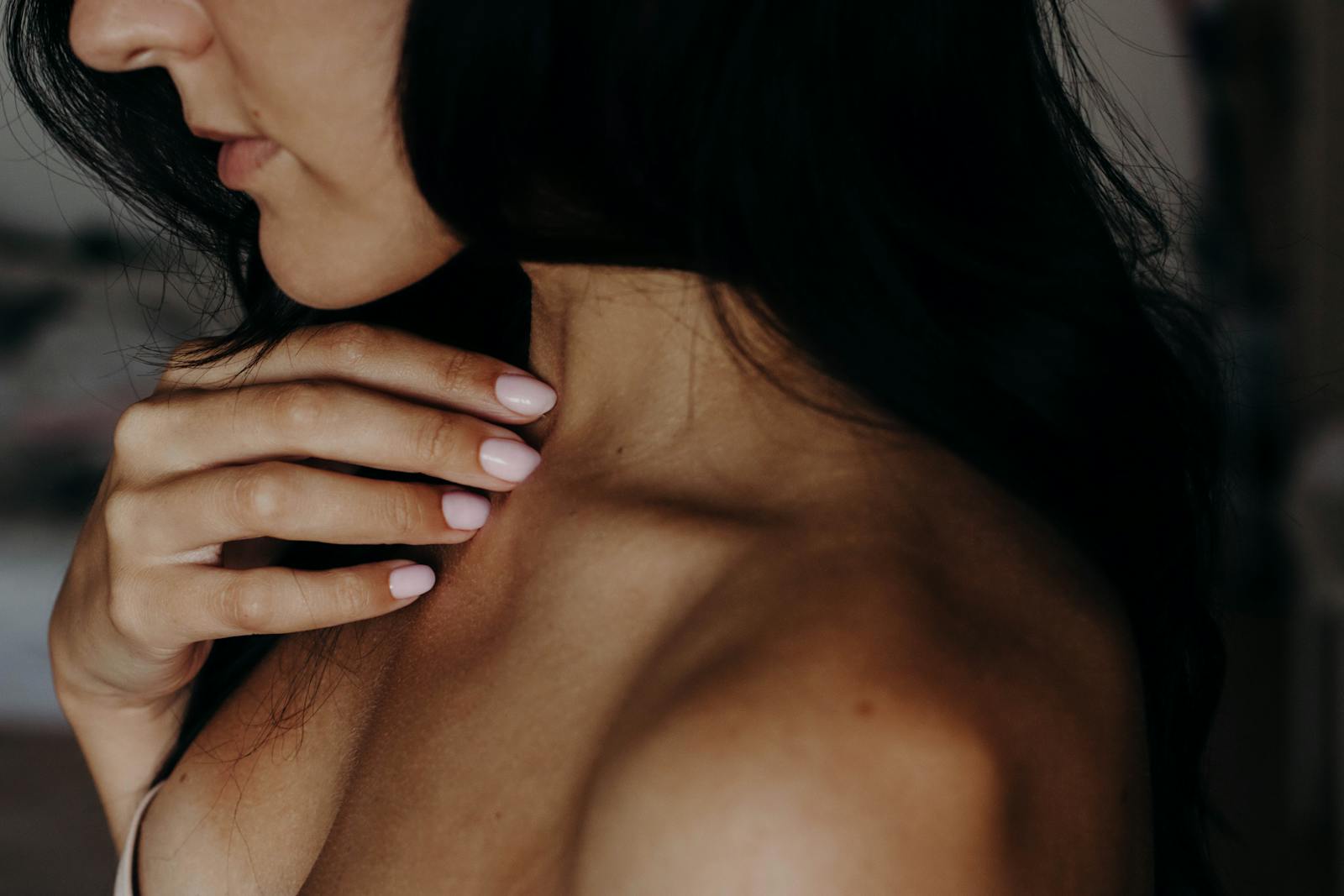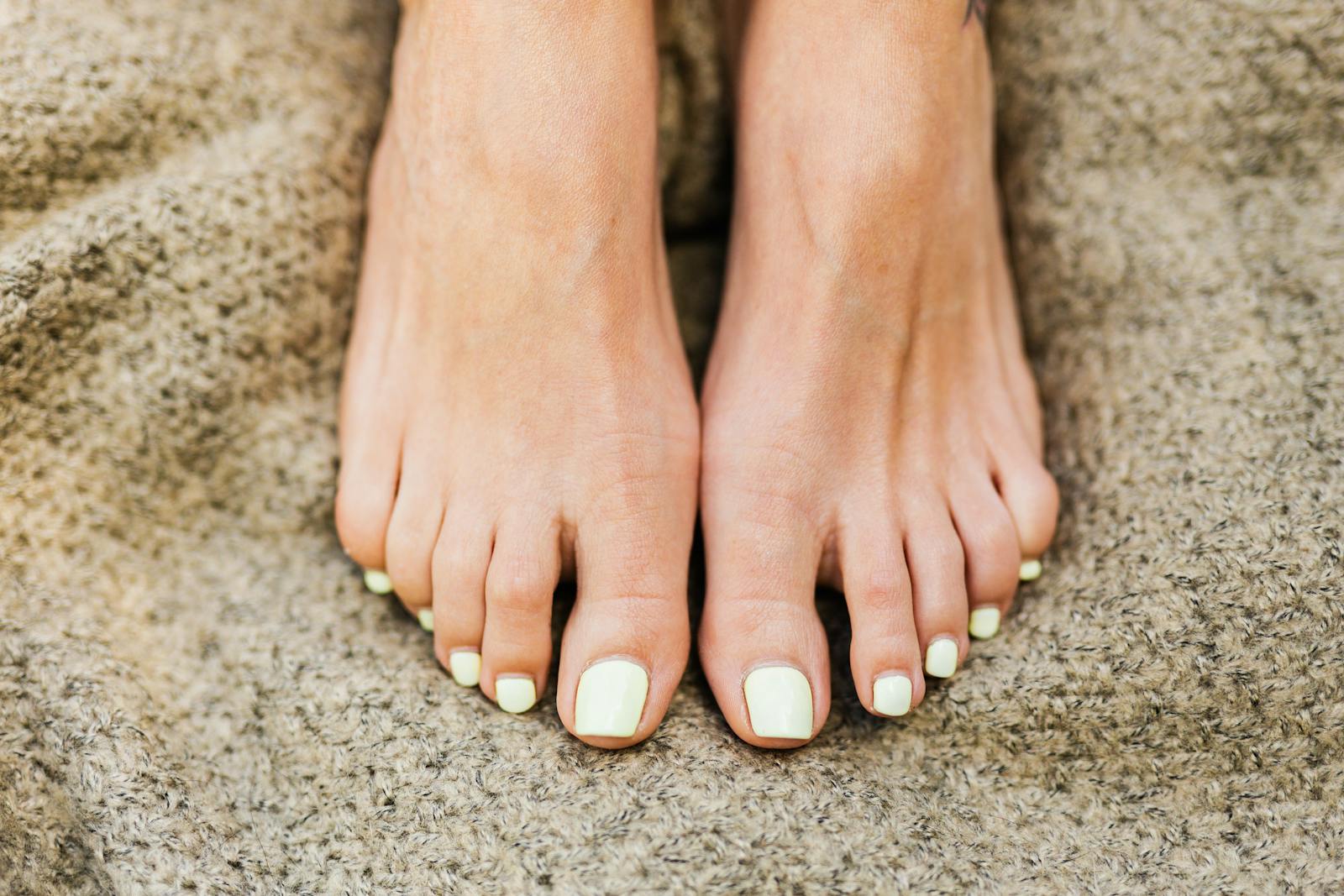Understanding the Importance of Hairbrush Hygiene
Maintaining clean hairbrushes is crucial not only for the longevity of the tool but also for your scalp health. Dirty brushes can harbor bacteria, fungi, and other pathogens that may lead to conditions like tinea (ringworm) and pediculosis (head lice), among others. Regular cleaning ensures that your hairbrush remains effective and safe to use.
Step-by-Step Guide to Cleaning Your Hairbrush
Proper cleaning techniques vary depending on the type of hairbrush you own. Below is a comprehensive guide to help you maintain your brushes effectively:
1. Removing Hair Strands
After each use, promptly remove any hair strands caught in the bristles. Use the end of a comb or a specialized cleaning tool to gently lift and pull out the hair. Avoid using the brush itself to remove hair, as this can damage the bristles and weaken the brush’s structure.
2. Washing the Brush
For most brushes, a regular cleaning routine is sufficient. Use lukewarm water and a mild, neutral pH soap. Gently scrub the base and bristles with a soft brush or cloth. If the brush is heavily soiled, soak it in a basin of warm, soapy water for about 30 minutes before scrubbing.
3. Drying the Brush
After cleaning, allow the brush to air dry completely. Do not use a hairdryer or place it in direct sunlight, as excessive heat can warp the bristles and degrade the brush’s material. For brushes with metal components, ensure they are thoroughly dried to prevent rusting.
Special Care for Different Types of Brushes
Different materials require specific care to maintain their functionality and appearance:
Plastic Brushes
Plastic brushes, especially those with painted or coated surfaces, should be cleaned with a damp cloth and mild soap. Avoid soaking them, as prolonged exposure to water can cause the paint to peel or the brush to warp.
Metal Brushes
Metal brushes, including ionized types, should be wiped down with a clean, dry cloth after each use to prevent oxidation. Regular cleaning with water and soap is acceptable, but ensure the brush is thoroughly dried afterward.
Padded Brushes
Padded brushes should not be submerged in water. Instead, use a damp cloth to clean the bristles and base. If the brush becomes excessively dirty, consider replacing it, as water damage can compromise its structure.
Maintaining Hygiene in Professional Settings
For professionals, such as hairstylists, maintaining brush hygiene is even more critical. The Coordination of Health Surveillance (COVISA) provides guidelines on proper cleaning and disinfection protocols to prevent cross-contamination between clients. Adhering to these standards ensures a safe and hygienic environment for both professionals and clients.
Regular cleaning and proper maintenance of your hairbrushes are essential practices for promoting scalp health and preventing infections. By following the appropriate care routines for your specific type of brush, you can extend its lifespan and ensure it remains a safe tool for your hair care regimen.




